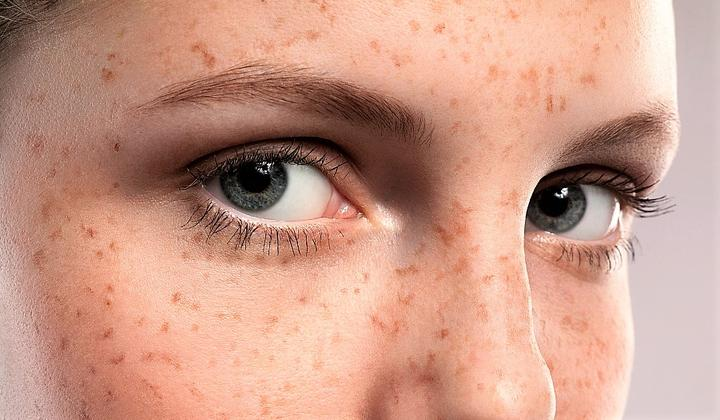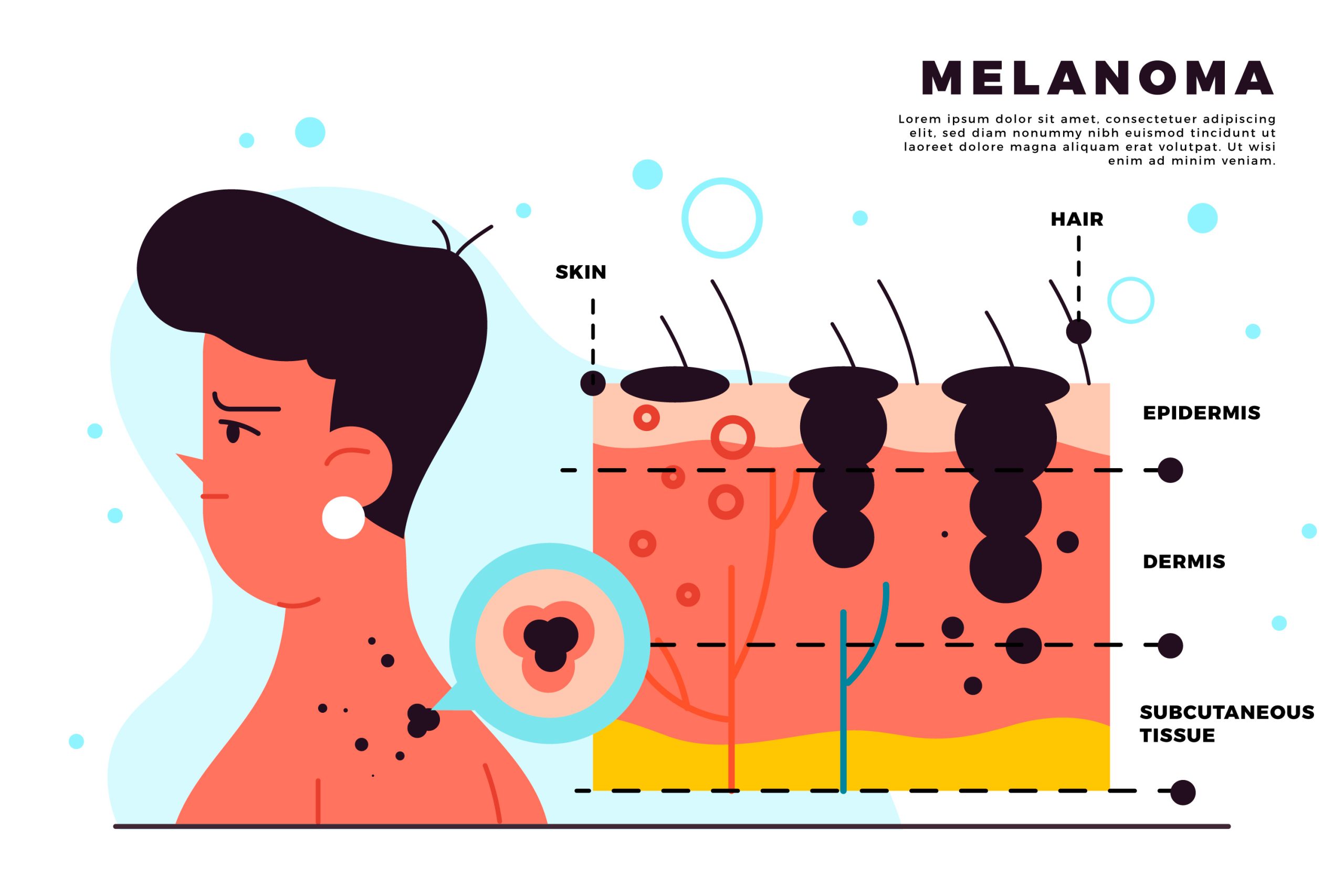Clinical Limitations and Adverse Effects of Pico Laser Treatment: A Systematic Review
Picosecond laser, the “photon magician” in the beauty industry, has recently been discovered by scientists that its magic is not perfect. The latest research reveals that the wand of Harry Potter in the world of skin beauty also malfunctions at times – although it can explode pigment particles at a speed of trillionths of a second (tens of millions of times shorter than when you say “ah”!), about 15% of “Muggles” may encounter some small pranks: their skin continues to turn red like it has been kissed by sunlight, or they swell slightly like a water sponge.
What’s even more interesting is that this magician has significantly different magical effects on different skin colors, with the probability of dark skin appearing as an anti dark spell being 2-3 times higher than light skin, like a beauty control who casts spells based on their face. Even those so-called permanent tattoos, especially the playful fluorescent color scheme, sometimes develop resistance to the “disappearing spell” of picosecond lasers. But don’t worry, these discoveries are not meant to scare off beauty enthusiasts, but to make this black magic skill safer and more accurate for everyone – after all, even the most powerful magic requires the correct user manual!
An Overview of the Pico Laser
Picoseconds are actually a unit of time for the duration of laser pulses emitted, with one picosecond equal to one billionth of a second. It can also be understood as the time during which the laser acts on the target substrate. The advantage of picosecond laser lies in its ability to output energy in a very short period of time, thereby generating optomechanical effects that break down melanocytes. The faster the treatment speed, the less impact and damage to surrounding tissues, and the fewer side effects.
Mechanistic Insights into Picosecond Laser Treatment for Melasma: Efficacy and Clinical Outcomes
By utilizing the explosive effect and selective absorption principle of laser, high-energy laser pulses are applied to pigment tissues (melanin, tattoo pigments, permanent tattoo agents, dust particles) and absorbed by them. The pigment tissues are rapidly expanded after laser shock and heating. Due to the laser pulse being much lower than the thermal relaxation time of melanin structure and tattoos in the body, the pigment tissues absorb laser energy and generate mechanical oscillation waves to crush them.
Safety Evaluation of At-Home Picosecond Laser Devices
The safety of household picosecond devices is an issue that needs to be approached with caution. Although these devices are typically designed for low-energy operation and suitable for non professionals to use at home, their safety and effectiveness are still subject to some controversy. Here are several key points regarding the safety of household picosecond devices:
Low energy, relatively low risk
The energy of household picosecond devices is usually much lower than that of professional medical equipment, so the risk of skin damage is relatively small. They are mainly used to lighten superficial pigmentation and improve skin quality, rather than treating deep or stubborn melasma.
Easy to operate, but still requires standardized use
Household devices are usually equipped with detailed instructions and protective measures, and the operation is relatively simple. However, improper use (such as excessive frequency, incorrect energy settings, or inadequate sun protection) may still lead to skin redness, burns, or increased pigmentation.
Suitable for mild pigmentation, limited effectiveness
Household picosecond devices may have a certain improvement effect on mild pigmentation, but their effectiveness is far inferior to professional medical devices for stubborn melasma or deep pigmentation problems. Overreliance on household devices may delay the timing of treatment.
Individual differences affect safety
Different skin types have different reactions to lasers. People with sensitive skin, dark skin, or those taking photosensitive drugs may be more prone to adverse reactions when using household picosecond devices.
Postoperative care is crucial
Even when using household devices, strict sun protection and moisturization are still necessary after surgery to avoid pigmentation rebound or damage to the skin barrier.
Picosecond Laser Safety: Identifying Unsuitable Treatment Candidates
It is not suitable for pregnant and lactating women. People who are Allergic to light, or if the operating site is allergic or experiencing symptoms. People with inflammation, blisters, skin infectious diseases, and those with large wounds. And recently, there have been treatments such as radiation therapy, corticosteroid injection therapy, or oral tretinoin.
Potential Adverse Effects Associated with Picosecond Laser Therapy
Short term skin reactions
Include temporary redness, burning sensation, or slight stinging after picosecond laser treatment, which usually subsides on their own within 24-48 hours. A small number of patients (especially those with dark skin) may experience transient pigmentation or hypopigmentation, which usually gradually recovers within 3-6 months. In rare cases, excessive energy or improper operation may cause blisters, scabs, or minor epidermal damage.
Risk of pigmentation abnormalities
- Anti blackening (post inflammatory pigmentation): The incidence rate in Asian populations is about 5-10%, which is related to insufficient postoperative sun protection or excessive treatment energy
- Pigmentation loss: rare but may persist for a long time, commonly seen after treatment of melasma or multiple high-energy procedures
- Aggravate existing pigmentation: Directly treating mixed melasma without professional evaluation may make the pigmentation more prominent.
An overview of operation process and postoperative precautions
Operation process:
- Clean the patient’s face;
- Take photos and keep records before treatment;
- .Doctors and patients wear protective goggles;
- .According to the indications, choose the hand, energy, frequency, and spot size for treatment;
- Pay attention to observing intraoperative light spot reactions and treatment endpoint reactions (such as the appearance of erythema or white film);
- Apply cold compress after surgery;
- Explain postoperative precautions and skin moisturizing care measures.
Postoperative precautions:
- Avoid exposure to sunlight for one month before and after picosecond laser treatment, and it is recommended to continue using sunscreen after treatment.
- Thoroughly clean the skin in the preoperative treatment area;
- It is recommended to apply cold compress or spray after surgery to alleviate reactions such as erythema.
- Pay attention to moisturizing after surgery and avoid using irritating skincare products;
- For some indications, postoperative scab formation is a normal phenomenon and can usually fall off on its own after about 7 days. Do not forcefully remove the scab.
- For different indications, the next treatment should be carried out according to the interval period specified in the medical advice.
Q&A
Q: The biggest fear of freckle removal is anti blackening. Will it continue to grow after picosecond freckle removal?
A: For dermal pigments, there will be no recurrence, and once the pigments are destroyed, they will be metabolized and eliminated from the body, and no new ones will appear. Obstructive pigmentation such as melasma may fade and disappear, but there is also a chance of rebound. Therefore, after treatment, it is necessary to strengthen protection (especially postoperative sun protection) to avoid recurrence.
Q: If it hurts to do picosecond?
A: Laser action on the skin produces heat, and picosecond uses the heat to destroy the melanocytes underneath the skin. This heat can cause a certain degree of pain, similar to being stretched by a rubber band, which most people can tolerate. If you are particularly sensitive to pain, you can choose to apply anesthesia on the surface of the skin so that it won’t hurt anymore.
Summary: There are some side effects of pico laser, but if we pay attention to postoperative precautions, it is good for pigmentation removal.









